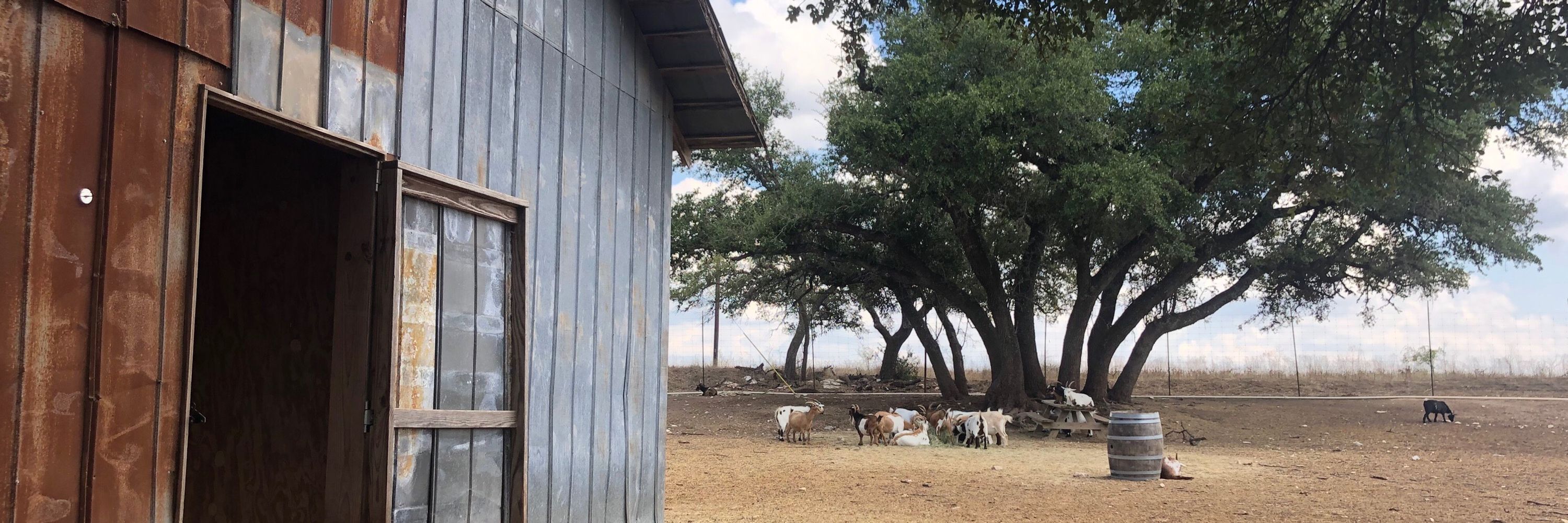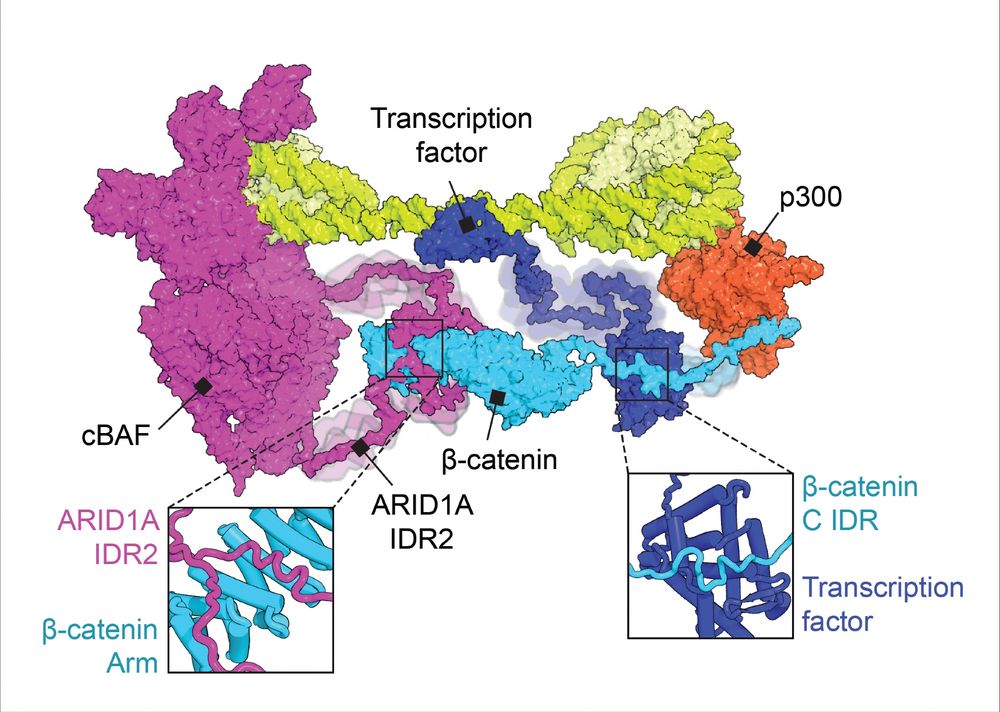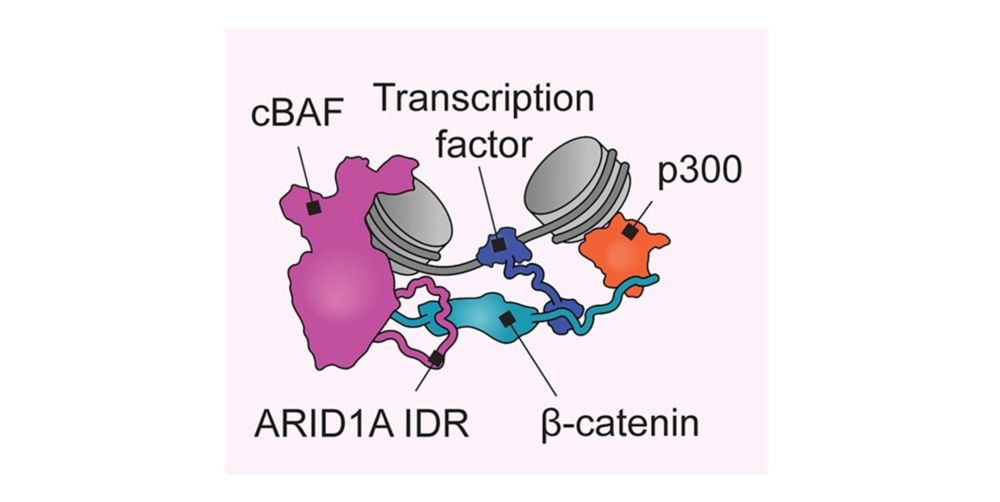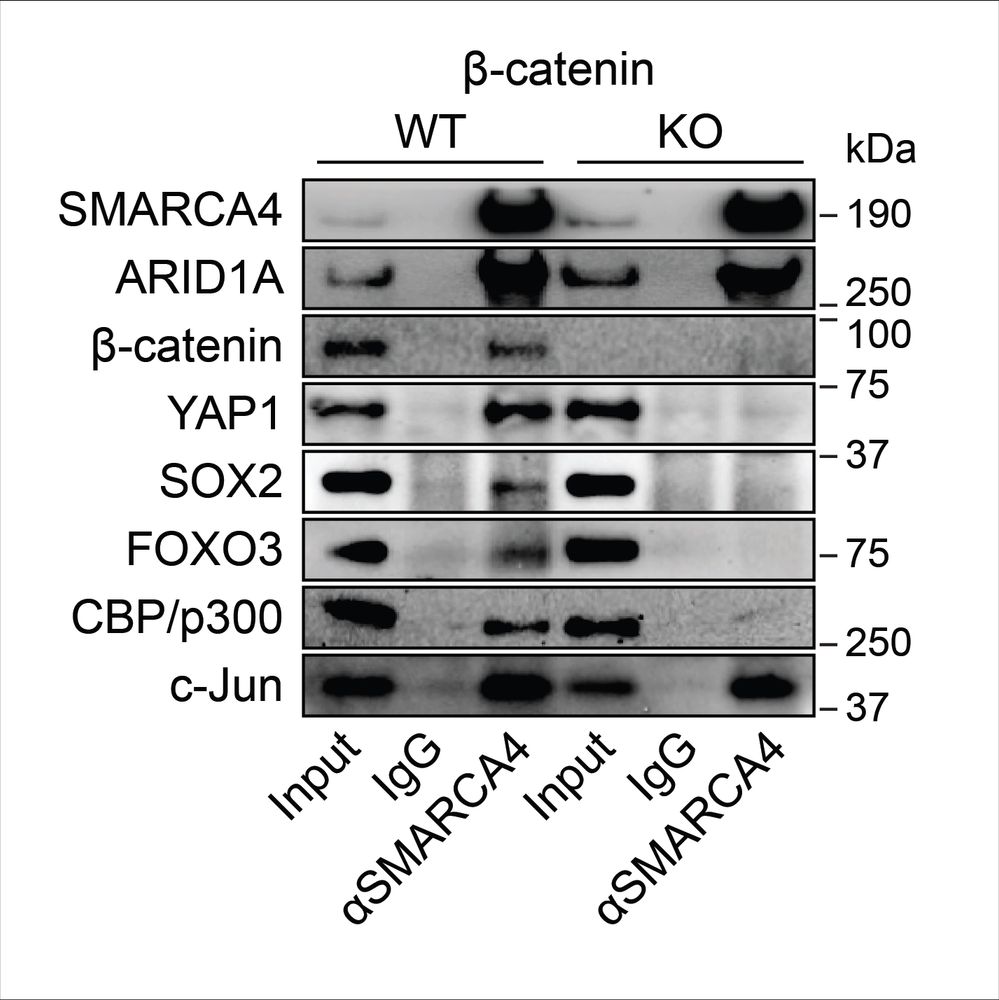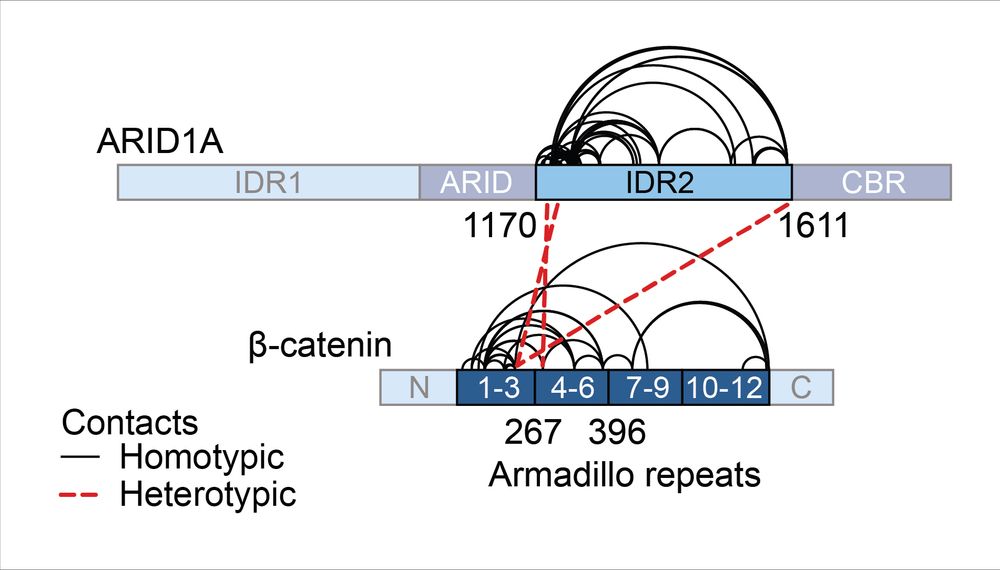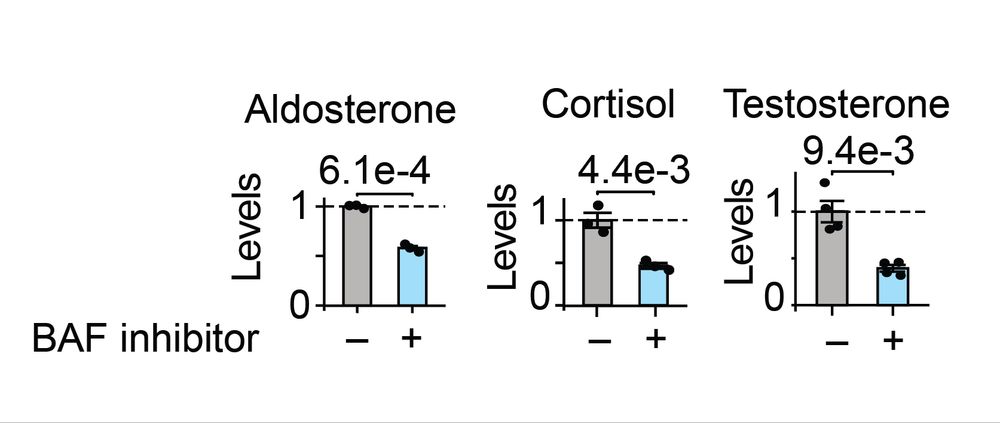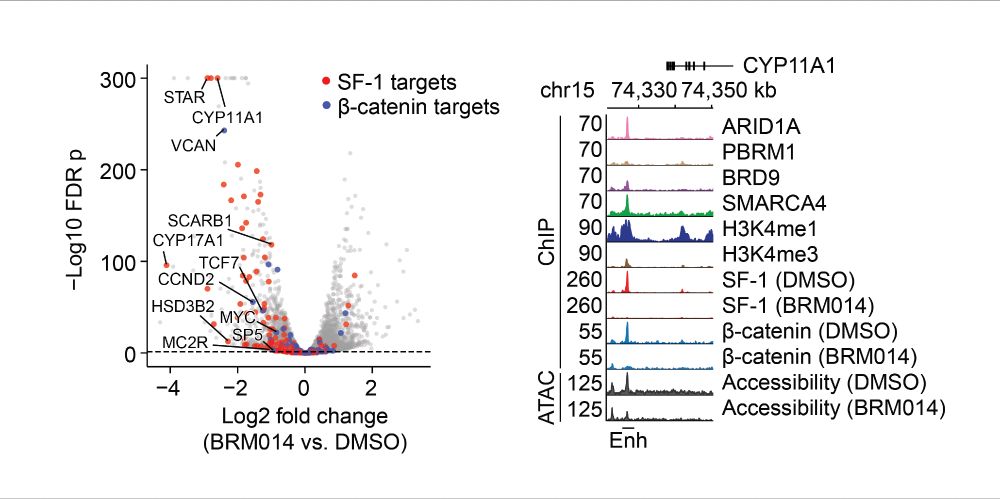H. Courtney Hodges
@hodgeshc.bsky.social
340 followers
220 following
12 posts
Baylor College of Medicine
Posts
Media
Videos
Starter Packs
Pinned
H. Courtney Hodges
@hodgeshc.bsky.social
· Jul 24
H. Courtney Hodges
@hodgeshc.bsky.social
· Jul 23
H. Courtney Hodges
@hodgeshc.bsky.social
· Jul 23
H. Courtney Hodges
@hodgeshc.bsky.social
· Jul 22
H. Courtney Hodges
@hodgeshc.bsky.social
· Nov 28
H. Courtney Hodges
@hodgeshc.bsky.social
· Nov 28
H. Courtney Hodges
@hodgeshc.bsky.social
· Nov 27
Reposted by H. Courtney Hodges
Alex Holehouse
@alexholehouse.bsky.social
· Nov 13
